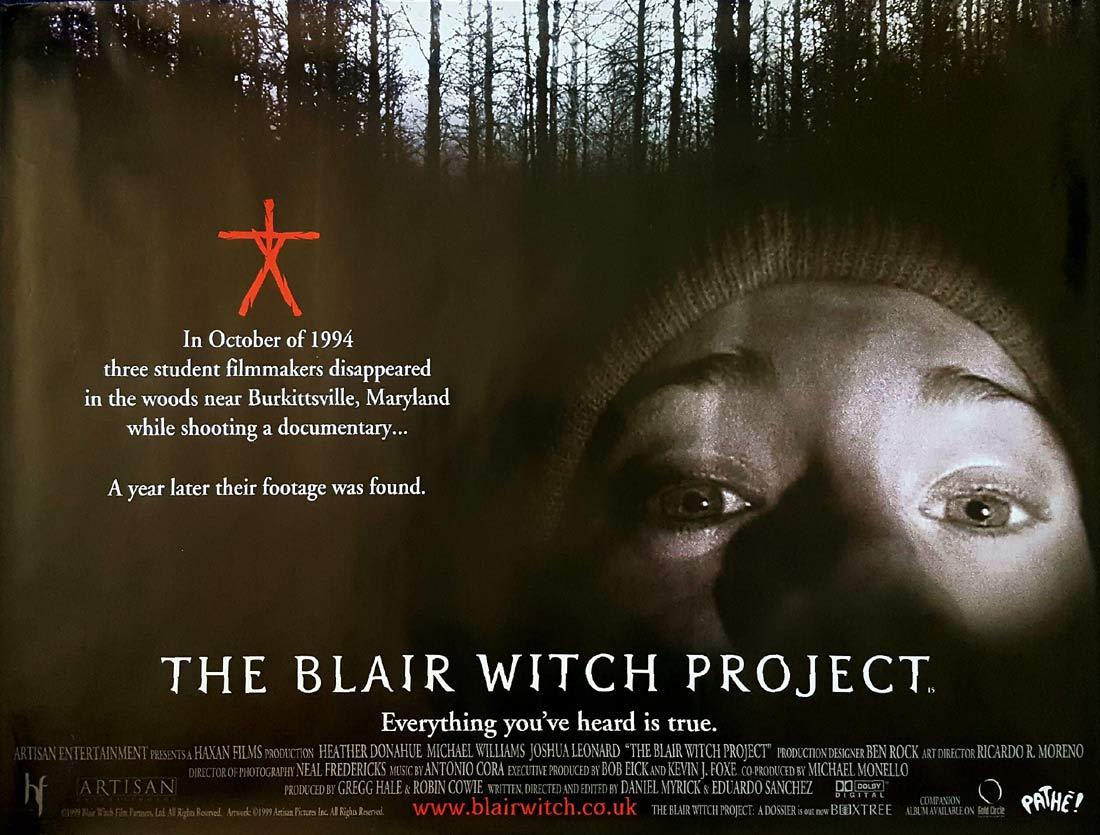

In many ways, The Blair Witch Project and its mockumentary counterpart The Curse of the Blair Witch, made to advertise the legend in the film as real, are an echo of Cannibal Holocaust. While The Blair Witch Project may have been the first fully found footage movie, meaning that the entire runtime of the film is meant to be from the POV of a camera in the field, the 1980 Italian horror film Cannibal Holocaust holds the honor of being the first to use it. It took nearly 80 years for this to come to fruition. With the advent of the camera, it was only a matter of time until this trope was adapted in some way for moviegoing audiences. The likes of Dracula, Frankenstein and many works by Edgar Allen Poe and H.P Lovecraft take on this manuscript approach. The lost manuscript has been a staple of horror history since Gothic literature. In horror, the idea of “finding a story” after the events have happened is nothing new. Paranormal Activity had run its course, Cloverfield had abandoned the format for its sequel, and most importantly, the film that had started the trend back in 1999 had been remade: The Blair Witch Project.

The death knell of this genre can be traced back to the year 2016. However, in the year 2021 found footage is all but a ghost of its former self as far as filmmaking and gaming goes, a flash in the creative pan whose run lasted a solid twenty years. Amnesia and Slenderman both made their own respective splashes in pop culture and owe much of their success to the implementation of the found footage genre into gameplay. During its height, it was common for video games to use this style as well. These movies spread throughout the decade, popular among independent filmmakers due to the relatively low budget requirements of the genre, and even propagated into the 2010s where the trend (mostly) died out by the end of the decade. Found footage exploded in the aughts, pulling in massive box office numbers with an incredible return on investment given how cheap they were to make.


 0 kommentar(er)
0 kommentar(er)
